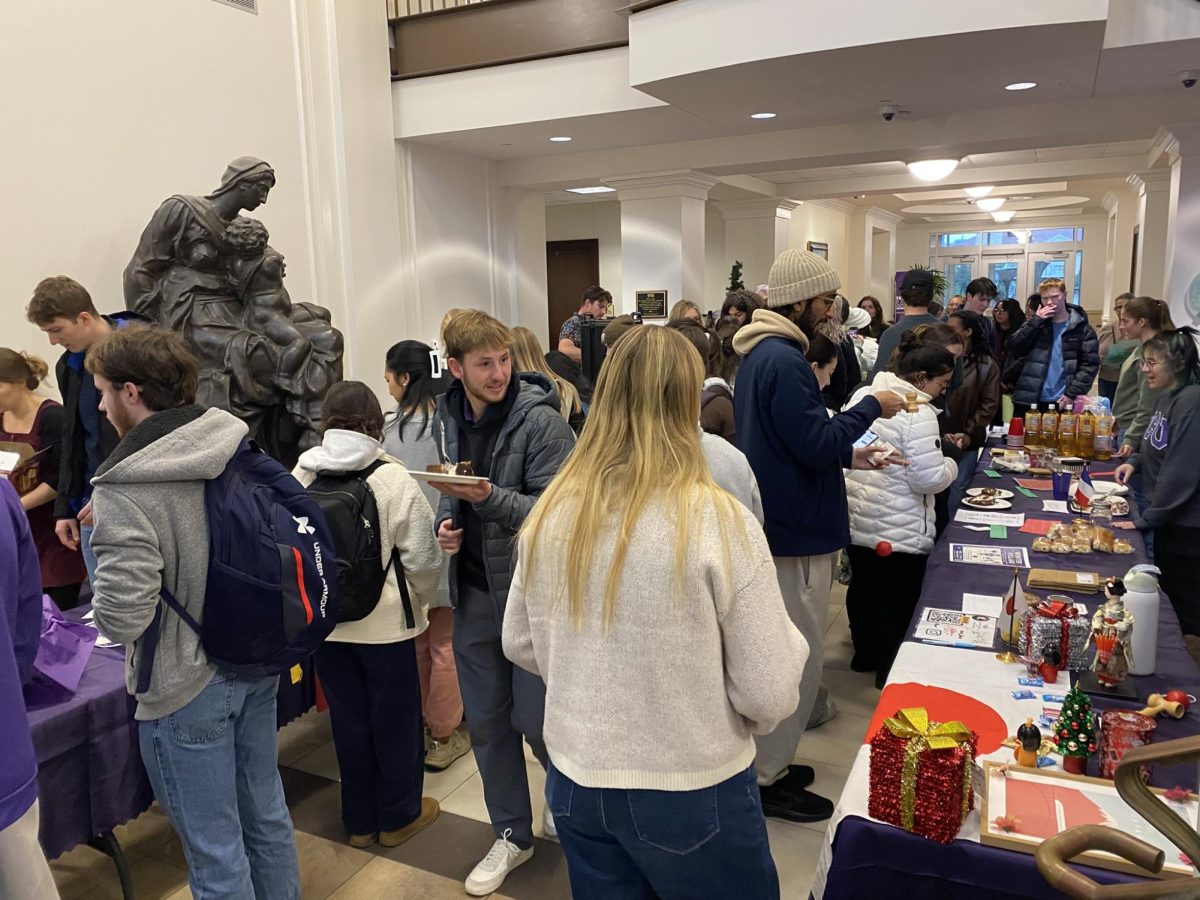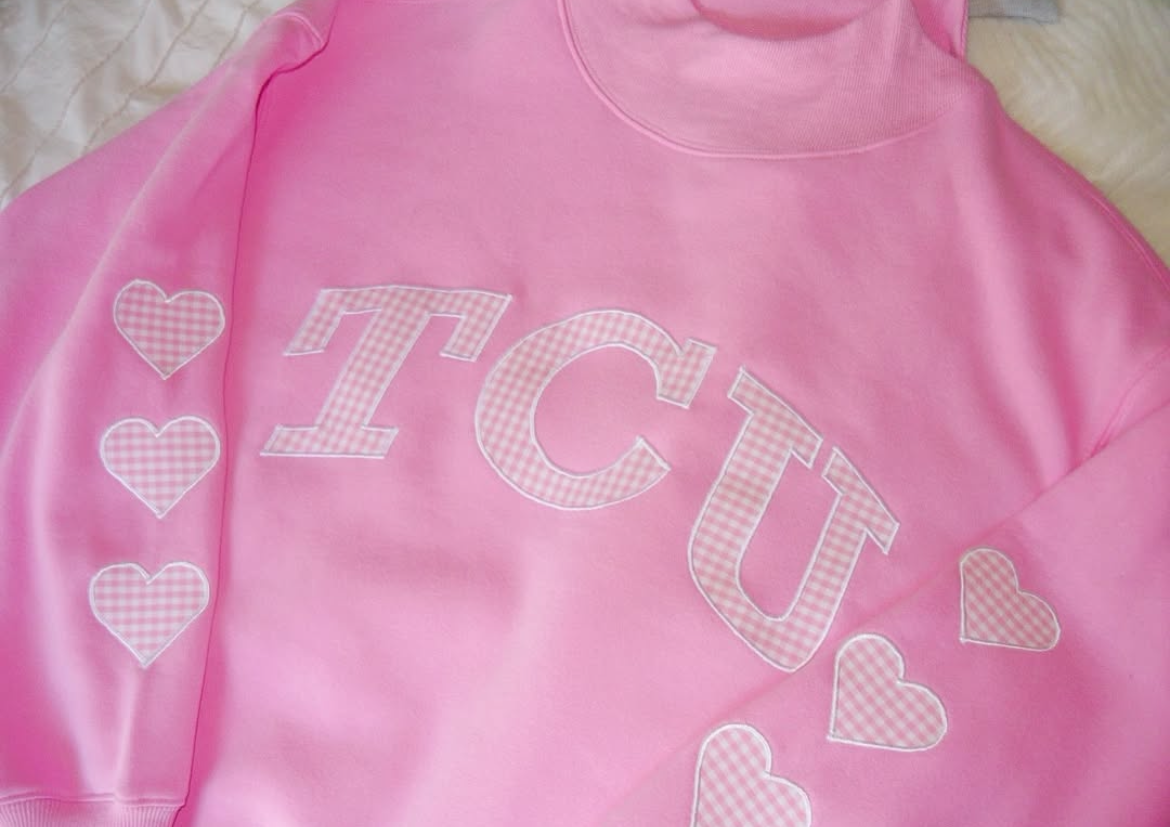The stage is dark, lit with a soft blue light. A calm slow waltz plays in the background.
A single landmass controlled by young hands is gaining its shape, showing how how the Earth looked millions of years ago.
Suddenly the music changes from peaceful to intense. The lights turn red. Students wearing t-shirts emblazoned with the word “LAVA” push the continents apart.
It’s all part of a lesson in the TCU IdeaFactory’s production, “Dance of the Continents,” a “Broadway”-style show that teaches children about the earth’s history, plate tectonics and continental drift that separated the once-single landmass into today’s continents.
The IdeaFactory is available to TCU students who have ideas and want to develop that idea into a potential prototype, and if possible, into a commercial product. IdeaFactory provides resources for students to be able to make their ideas come to life.
It all started when Demitris Kouris, the former dean of the College of Science & Engineering, challenged the faculty and staff to combine the arts and the sciences in a routine staff meeting shortly after IdeaFactory was created in 2011. What grew out of Kouris’ challenge was something that would soon be teaching young students science.
Eric Simanek, the director of IdeaFactory, Cedric James, an instructional staff member and six undergraduate students began developing what is now the second of three products, the “Dance of the Continents.”
“Our whole goal with that was to bridge the gap between the arts and the sciences and to come up with a creative way to teach science,” James said.
James and Simanek hope to expand “Dance of the Continents” to Casa Mañana or Bass Hall and, ultimately, nationwide.
The show expands on the information that is also in the IdeaFactory’s first product, the Pangea cutter and mat. The Pangea product allows students to learn about plate tectonics in a hands-on way by using Play-Doh and a cutter. The Pangea product is now being bought and used in several schools in the DFW area, as well as other schools in west Texas. While it is a sustainable enterprise, the Pangea product is not meant to make a profit.
Simanek and James visit schools and train the middle school students over a span of three days with sessions per day that last under an hour. On the third day, the students perform the 19 different scientific scenes of “Dance of the Continents” that they have learned through a form of art.
Over the last year and half, the show has been performed by the schools and at the schools that Simanek and James taught at least seven times to large audiences.
“After the performances, a lot of times we just see the teachers in tears and they see a new ability, that was always there in their students, come through,” Simanek said.



